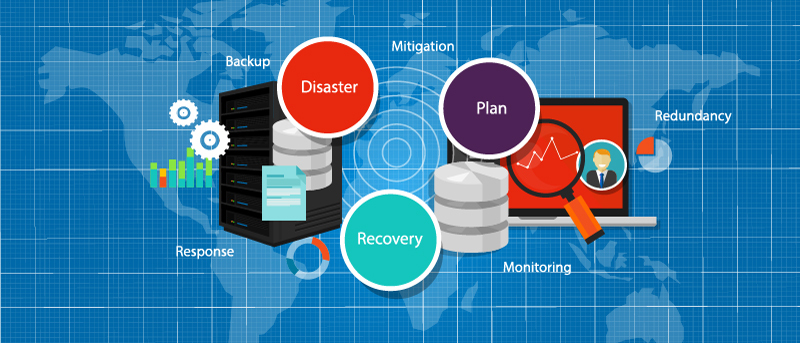Here are fives ways to start building a great work culture and environment.
Deciding to promote healthy living in your organisation is a good way to boost morale, reduce sickness absence and make it an overall better place to work. How you go about it has an impact on the results of your efforts. Take a look at the key points below and build from there.
1. Get support and make it a value
If you are the owner of the business, then you are most of the way there. Make sure you have people around you who want to develop a culture of health in your organisation. Make it a value of your organisation which makes it easier to get health related matters onto the agenda as well as follow through.
If you are the lead on this make sure you include as many people as possible in the decision-making as you can. If everyone feels part ownership for the process, everyone gets part responsibility for making it work. It also helps if “cake day” gets retired.
“What facilities are in the local area from parks to bike racks? How easy/safe is it for your employees to walk to work, is there street lighting or footpath?”
2. Environment
Spend some time looking at what is going to make for a more active environment before looking at initiatives to get your employee active. Without the right infrastructure, an initiative will only last as long as the external motivation is in place. By changing the environment and making healthy living easier the benefits of the initiative will last long after the program has finished. What facilities are in the local area from parks to bike racks. How easy/safe is it for your employees to walk to work, is there street lighting or footpath? How far is it to walk to a public transport stop. Are there any paid for facilities like a gym or swimming pool close by that you could get a discount for your employees. Do you have showers in your building if staff wanted to cycle or run to work? Ask your employees what would make things easier for them or what they would like and see what you can deliver.
“It is much easier to encourage employees to do something they have asked for than to try and convince them to do something you think is great.”
3. What is happening?
Find out what your staff do or are interested in doing. It is much easier to encourage employees to do something they have asked for than to try and convince them to do something you think is great. Hopefully what you think and what they think are the same, then everyone is a winner. Engage your staff from the beginning as this same line of communication will be used to promote your initiative and keep everyone involved. Check and see what skills or training your employees have as you may have a nutritionist or personal trainer in your midst who could be encouraged to lead an initiative.
“Building a good relationship with your co-workers allows them to be open and honest with how they are getting on with their workload. ”
4. What do you want to address?
Why do you want to run a health initiative? Is it for morale, staff turnover, absenteeism, productivity? How do you currently measure these things and where do you feel they should be? What would an improvement mean for your business? When you know what you are looking to impact you can focus on specific initiatives that will achieve this end and at the end of the initiative you can see if it was successful or not. For a small business, it could be to improve morale as start-ups can be a stressful place to be. Building a good relationship with your co-workers allows them to be open and honest with how they are getting on with their workload. You can then work on making sure everything is completed as efficiently as possible by highly motivated individuals.
“You can spend €0 and run an initiative, or you can spend thousands all depending on what you want to do, just remember Rome wasn’t built in a day.”
5. What budget do you have?
Budget is last on this list for a reason. You can spend €0 and run an initiative, or you can spend thousands all depending on what you want to do, just remember Rome wasn’t built in a day. For the next month, whenever you have an office related decision to make think about how it will impact on your health. If you have to buy a desk can you buy a stand-up desk instead? If you are buying food for the office could you get a fruit delivery? For an office event could you encourage everyone to do a park run and sit down for coffee afterwards (cream buns are optional but not encouraged)? On a nice day could you have more meetings while walking outside or can you introduce five-minute stretching periods throughout the day?
None of these things cost much or is a similar cost to what you need to buy anyway. If you are going to spend money make sure you know what you are getting and what benefit it is going to have.
Make health a value and earn from it
Health promotion and mental health promotion are important ways of engaging with your employees on a very level playing field, everyone has an interest, and everyone has an opinion. Start by making it a value and build from there.





